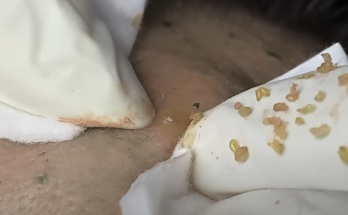1. High-Intensity, High-Frequency Ultrasound Therapy
A novel ultrasound device has shown significant effectiveness in reducing facial acne scars. Clinical studies report a 45.5% improvement in scar severity, offering a non-invasive option for scar treatment. Medscape+2European Medical Journal+2Medscape+2
2. At-Home LED Light Therapy Devices
Recent studies suggest that at-home light-emitting diode (LED) devices, particularly those emitting red and blue light, can be safe and effective in treating acne. These devices target bacteria and reduce inflammation, providing a convenient treatment option. JAMA Network+1New York Post+1
3. Bacteriophage-Based Skincare
Innovative skincare products are utilizing bacteriophages—viruses that infect and neutralize acne-causing bacteria (C. acnes). This approach offers a targeted method to reduce acne without disrupting the skin’s microbiome. New York Post
4. AviClear Laser Treatment
AviClear employs a 1,726-nanometer laser to specifically target sebaceous glands, reducing sebum production and, consequently, acne. Clinical studies have shown significant acne reduction after a series of treatments, offering a non-invasive alternative to traditional therapies. Latest news & breaking headlines
5. Emerging Topical Treatments
New topical formulations combining active ingredients, such as tretinoin and benzoyl peroxide, are being developed to enhance efficacy and reduce irritation. These combinations aim to simplify treatment regimens and improve patient adherence.
It’s important to consult with a dermatologist to determine the most appropriate treatment based on individual skin types and acne severity.



